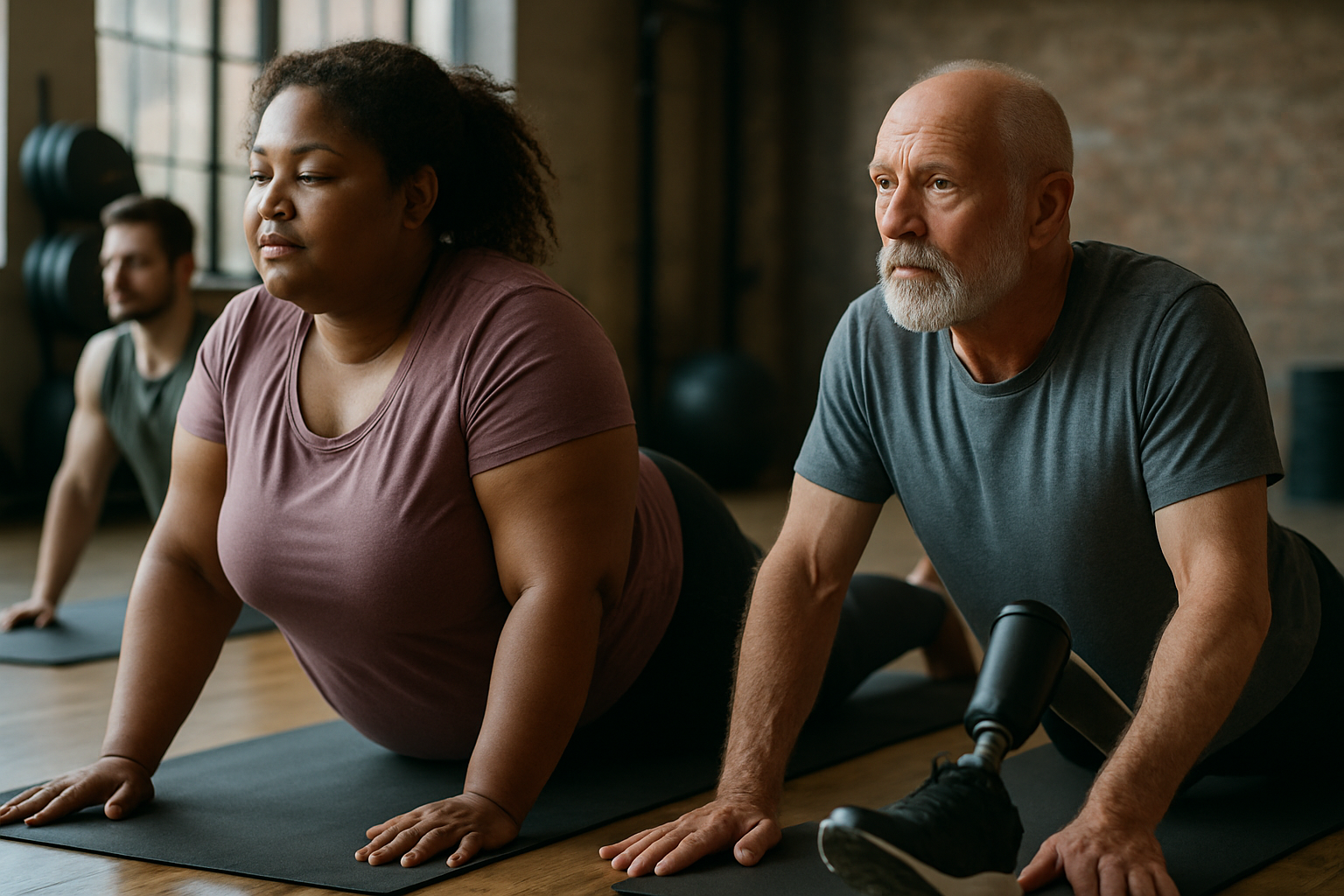Rewiring Beauty Standards: The Rise of Inclusive Fitness
Inclusivity has been a buzzword in the beauty industry for a number of years now. However, it is only recently that this trend has begun to truly reshape the fitness landscape. This article delves into the historical context of beauty and fitness, the impact of the inclusivity movement, and how this shift is shaping the industry's future.

The Historical Context: Beauty and Fitness
The beauty and fitness industries have long been intertwined, each influencing the other’s ideals and standards. Historically, these industries have promoted a singular, often unattainable, image of health and beauty – slim, toned bodies and flawless skin. However, with changing societal norms and a growing emphasis on individuality and self-acceptance, the rules of the game are being rewritten.
The Emergence of Inclusive Fitness
In recent years, a new wave of fitness enthusiasts and professionals has emerged, challenging the status quo and advocating inclusivity. They focus on health and well-being over appearance, and promote fitness routines that are adaptable to different body types, abilities, and age groups.
Fitness influencers like Jessamyn Stanley, a yoga teacher and body positivity advocate, have gained popularity by showcasing that fitness is not one-size-fits-all. She has inspired many with her message that every body is a yoga body.
Current Industry Trends and Market Relevance
The trend of inclusive fitness is not just a social movement, it’s a market force. With demographics and consumer attitudes shifting, companies are recognizing the importance of catering to a diverse audience.
Brands like Nike and Adidas have expanded their product lines to include sizes for all body types. Fitness apps and online platforms are offering customized workouts for various fitness levels and abilities. Fitness centers are becoming more accessible with adaptive equipment and classes for people with disabilities.
The Benefits and Impact of Inclusive Fitness
Inclusive fitness has numerous benefits. It encourages more people to participate in physical activities, fostering a healthier society. It also helps to break down stereotypes and promote body positivity.
From an industry perspective, inclusive fitness opens up new markets and opportunities. It allows brands to connect with a wider audience, promote their values, and boost their reputation. It’s a win-win situation – for the consumers, the industry, and society.
Future Perspectives: Towards a More Inclusive Fitness Industry
The trend of inclusive fitness is set to continue, with more brands embracing this ethos and consumers demanding diversity and representation. As the fitness industry becomes more inclusive, it’s important to ensure that this is not just a marketing gimmick but a genuine commitment to promoting health and well-being for all.
Ultimately, the goal is to rewrite the narrative of fitness – to celebrate all bodies, abilities, and journeys. This is not just a trend, but a shift in mindset that will redefine the future of the beauty and fitness industry.
In conclusion, inclusive fitness is not just a trend, but a powerful movement reshaping the beauty and fitness industry. It breaks down barriers, promotes health and well-being, and creates a more inclusive and accepting society. It’s a testament to the power of change and an inspiration for a more inclusive future.





